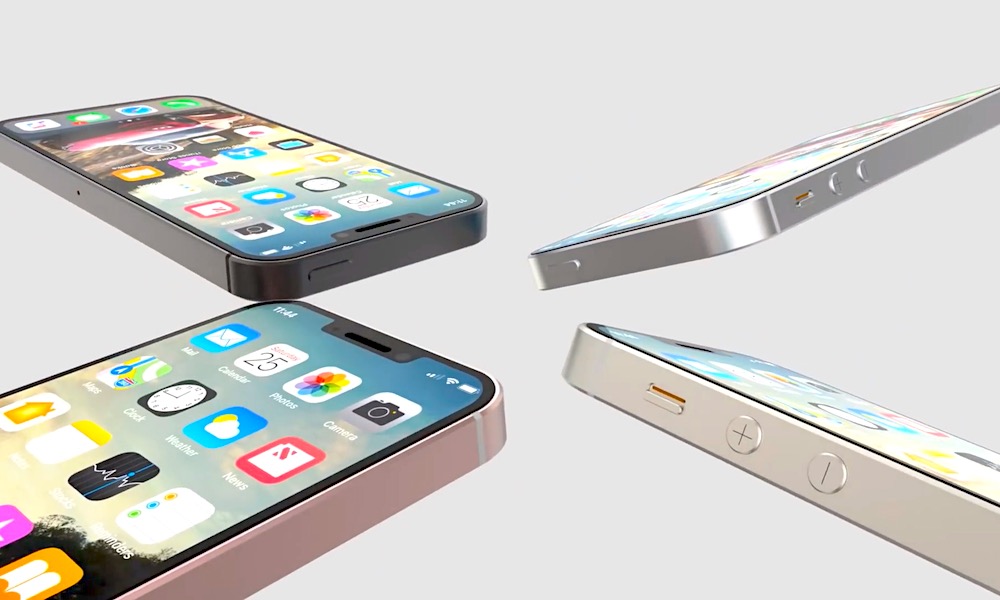The iPhone SE Is Making a Comeback, But It Won’t Be the iPhone SE You’ve Been Hoping For
 Credit: EverythingApplePro
Credit: EverythingApplePro
Toggle Dark Mode
We’ve heard some reports this past spring that Apple plans to introduce a successor of sorts to the iPhone SE early next year, and now a new series of supply chain rumours are adding more steam to these earlier reports.
According to Nikkei Asian Review, Apple is planning to more aggressively go after the low-to-mid tier of the smartphone market — an area where it’s been losing ground to rivals like Huawei, particularly in places like China. While Apple’s iPhone XR was the company’s attempt at an “affordable” model, it still fell flat in that category, with a price tag that made it inaccessible to many consumers in emerging markets, so it’s clear that the company is going to have to go even lower if it wants to maintain a strong market share for its iOS ecosystem.
There’s only so much that Apple can reduce the price of iPhones that incorporate expensive and high-end technology like Face ID and sophisticated camera systems, so a simpler design is going to be required out of necessity. While some reports have suggested a more premium iPhone that simply omits expensive features, that may not be enough to satisfy budget-conscious consumers, who have a plethora of other low-cost options to choose from in the competing Android smartphone marketplace.
The ‘iPhone SE’ Concept
While offering a low-cost iPhone was surely part of Apple’s motivation for releasing the iPhone SE back in 2016, it wasn’t the company’s only goal at the time. The iPhone SE was also an answer to pent-up demand for the smaller form factor that many iPhone fans still loved from the pre-iPhone 6 era, when Apple responded to the wider market demand for larger 4.7-inch and 5.5-inch iPhones to compete with the flagship Android devices of the time.
In that market, the iPhone SE was targeted both at users who wanted to spend less, along with those who really didn’t like the bigger screen. While this second group was arguably in the minority of all iPhone users, it was still large enough for Apple to sit up and take notice.
Three years later, however, it’s debatable whether nearly as many people are clamouring for a four-inch iPhone, or whether all of the iPhone SE loyalists have since bitten the bullet and moved on to an iPhone 8 or iPhone X-series model.
Either way, from every report we’ve heard, the new ‘iPhone SE’ will not be a direct successor to the earlier model, but will instead simply be an iPhone designed to check off the first box: budget-conscious users who are unable or unwilling to purchase one of Apple’s more premium models.
In fact, every report we’ve heard suggests that the new “iPhone SE” is going to be little more than a spec-bumped iPhone 8 — a 4.7-inch iPhone that will get Apple’s newest processors, quite likely this year’s A13, while featuring an LCD display and home button with Touch ID sensor.
Technically speaking, that does make the new model conceptually the same as the old one. The original iPhone SE was a modernized iPhone 5s — a 2016 version of a 2013-era iPhone design —that came out at a time when the iPhone 6s and iPhone 6s Plus were the mainstream models. So by the same token, an early 2020 “iPhone SE” that takes the 2017 iPhone 8 design and ups the internal specs would be exactly in line with what Apple did before.
However, although Apple likely has a much better finger on consumer demand, such a device will exclude those who actually loved the iPhone SE for its size and design, rather than its price. It also comes into a very different market — a time when Apple hasn’t even stopped selling the iPhone 7, much less the iPhone 8, and while both of those could be discontinued with the debut of Apple’s 2019 lineup next week, it’s still much easier for users to purchase an actual iPhone 8 right now. Hence, the only advantage to a new model next spring would be a bump to Apple’s A13 processor, which sounds good on paper — and will certainly go farther in powering AR applications — but may not be a compelling factor for those who are looking for a budget iPhone in the first place.
Whither iPhone XE?
Earlier this year, we also heard rumours of an iPhone XE that could have potentially become a modern answer to the iPhone SE. However, even if such a model was ever envisioned by Apple, the use of an OLED display and Face ID technology would have made it difficult for Apple to sell it at a budget price, which ultimately seems to be the company’s main objective for a new iPhone SE.
It’s also conceivably possible that Apple was hoping that it could eventually incorporate this more expensive technology at an affordable cost, but most analysts suggest that this hasn’t happened, and the TrueDepth camera remains the most expensive component in Apple’s flagship iPhone models — so much so that an in-display Touch ID sensor would be cheaper to produce.
At this point, it sounds like the iPhone XE — if it existed at all — was probably nothing more than a pipe dream in Apple’s skunkworks, and that the company is going to take a far more traditional approach instead at producing a lower-cost “economy” iPhone, which regardless of what fans of the iPhone SE may think, is something that Apple desperately needs to do in order to win back iPhone mindshare, especially in emerging markets like China.
[The information provided in this article has NOT been confirmed by Apple and may be speculation. Provided details may not be factual. Take all rumors, tech or otherwise, with a grain of salt.]






